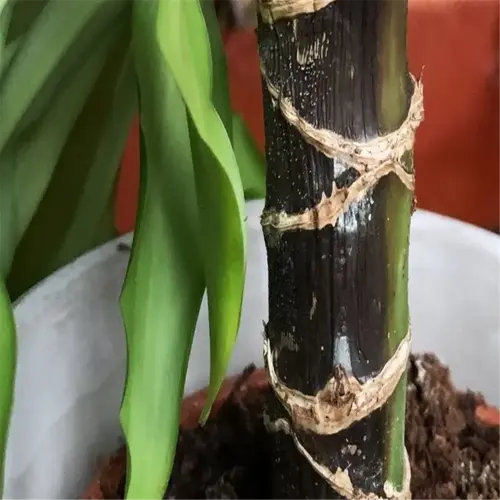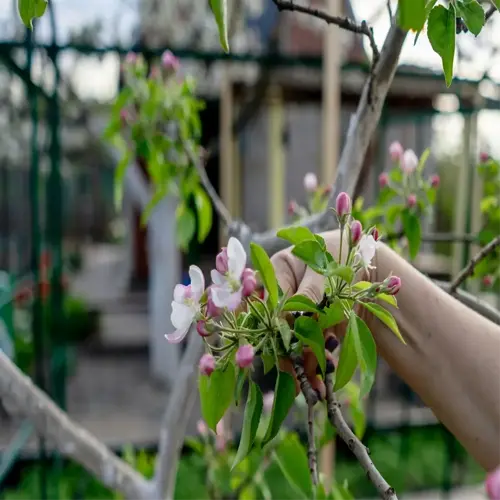Which vegetables are considered the most shade-tolerant?

Written by
Kiana Okafor
Reviewed by
Prof. Charles Hartman, Ph.D.Vegetables that tolerate shade can help turn dark spaces in your garden into productive places to grow crops. Urban balconies, edges of woods, and north-facing garden beds can be great spaces for growing crops that are adapted to bright, filtered light. These plants, of course, grow in environments that have canopy coverage. They are well-adapted or evolved, to environments with limited direct light - much like the modern gardens of today.
Soil Preparation
- Test pH levels between 6.0-6.8 using affordable kits
- Mix 2 inches of compost into topsoil for moisture retention
- Add mycorrhizal fungi to enhance nutrient uptake in low light
Shade Management
- Use white-painted reflectors to redirect 15-20% more light
- Prune overhead branches to create dappled light patterns
- Install 30% shade cloth during peak summer heat
Container Solutions
- Choose 12-18 inch pots for root development
- Rotate containers 90° daily for even light distribution
- Line pots with coconut coir to retain moisture
Combine Swiss chard with *mint* in shaded plantings for natural pest deterrence between the two species. The strong aroma of mint wards off aphids and the large leaves of chard provide a cooler microclimate. This combination produces 20% more than an identical light-condition monoculture planting.
Gardens that are shaded by water in the early morning to limit risks of fungal disease. Soaker hoses will apply moisture directly to the roots and reduce evaporative loss by as much as 35%. When checking for the dampness of the soil, dig 2 inches deep. If the soil crumbles in your hand, water at a rate of ½ gallon per square foot. Over-watering the plants will drown the roots more quickly in low-light environments.
Vertical trellises enable pole beans to grow toward available light while shading the lettuce below. This is a three-layer process of producing three times the yield per square foot. Install bamboo stakes at a 60° angle to guide the growth as it grows up, without blocking the residual sunlight for the understory crop.
Gardeners noted that shade gardens only reduce irrigation needs by 30%, while also supporting 25% more pollinators as compared with traditional shade plots. If you are looking for ideas to encourage others to create their edible shade garden, you can share your harvests online using #ShadeGardenSuccess! Maybe your flourishing bok choy growing under a maple tree will encourage a neighbor to create an edible shade garden for their family!
Read the full article: 10 Shade Tolerant Vegetables for Your Garden

